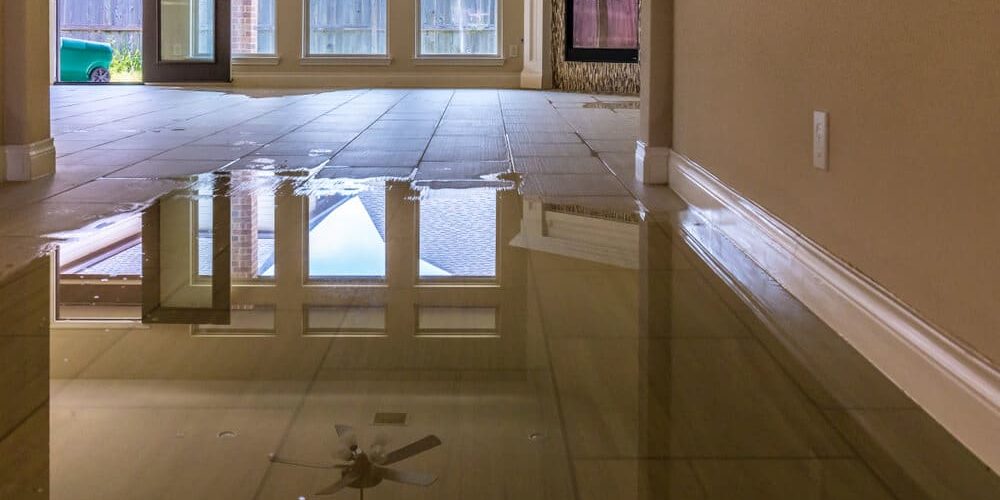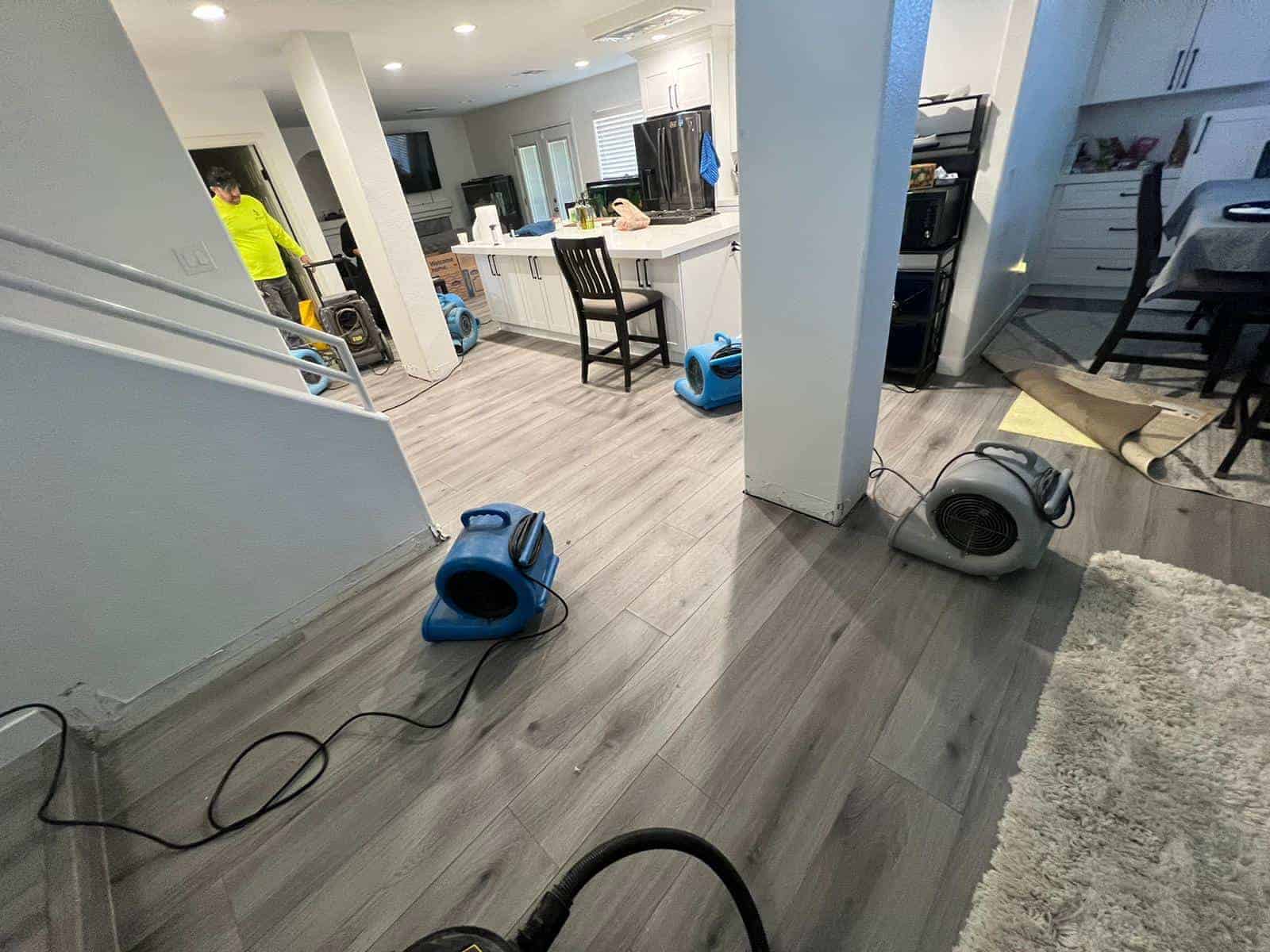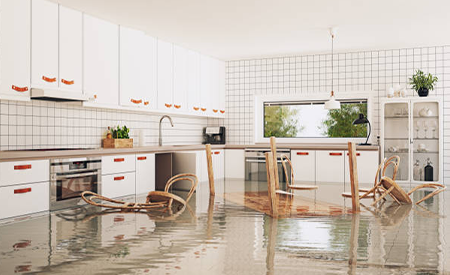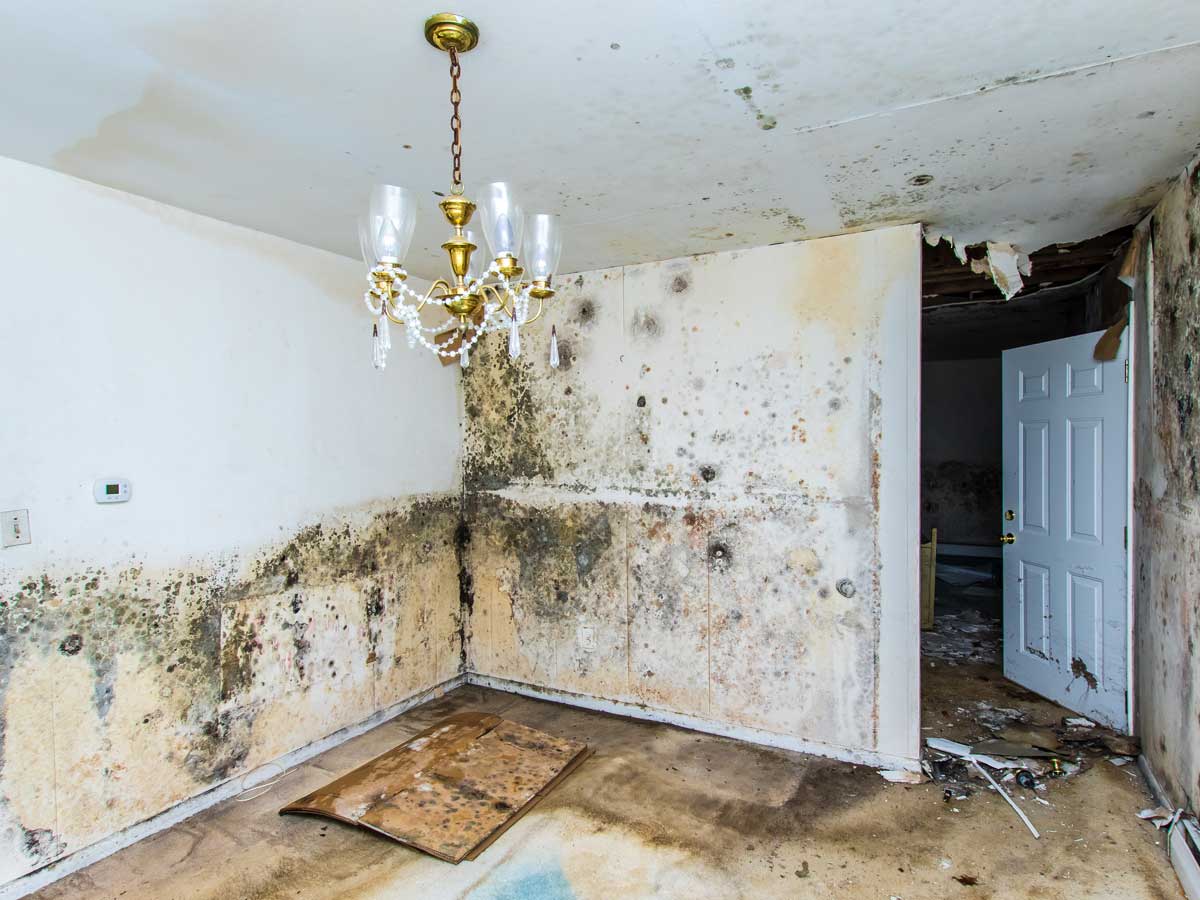The Refine of Water Damages Cleaning: Guaranteeing Your Home Is Restored Properly
Water damages can be a daunting difficulty for property owners, requiring a thorough and structured cleaning procedure to bring back security and capability. At first, an extensive analysis is important to identify the degree of the damages and figure out the ideal remediation measures. Following this, effective water removal techniques play a critical function in mitigating additional damage. Nonetheless, the nuances of drying, sanitizing, and ultimate reconstruction are similarly necessary and typically forgotten. Recognizing these phases can make a substantial difference in the outcome of your home's repair, motivating a closer check out what each step entails.
Examining the Damage
Upon finding water damage, the primary step is to thoroughly examine the degree of the influence. This initial analysis is crucial, as it aids establish the needed steps for effective cleanup and remediation. Begin by evaluating the influenced areas, including walls, ceilings, floors, and individual items, to determine the source of the water intrusion, whether from flooding, leakages, or condensation.
Documenting the damages is crucial for both insurance policy claims and intending reconstruction efforts - damage restoration services. Usage photographs and written notes to capture the severity of the damages, noting any affected structural components and materials. Pay special attention to areas that might not be quickly noticeable, such as behind wall surfaces and under carpets, as concealed moisture can lead to additional difficulties, consisting of mold and mildew development
Additionally, analyze the timeline of the water exposure. Eventually, an extensive assessment lays the foundation for a successful water damage clean-up procedure, making certain that all affected areas are dealt with efficiently and thoroughly.
Water Extraction Strategies

Specialists generally employ submersible pumps for larger quantities of water, which can rapidly relieve flooding in basements or various other influenced locations. For smaller sized quantities, wet/dry vacuums are usually made use of to extract recurring moisture from rugs and hard surface areas. Additionally, utilizing mobile extractors enables for targeted elimination in constrained rooms or areas with delicate products.
In circumstances of infected water, such as sewage or floodwater, progressed extraction techniques might include the use of biohazard devices to make sure security and conformity with health and wellness laws. High-powered extraction tools are essential in lessening water retention in structural products, which can lead to mold and mildew growth and architectural deterioration if not dealt with promptly.
Inevitably, the efficiency of water extraction strategies plays a critical duty in the total success of the water damage cleanup procedure, preparing for succeeding repair initiatives.
Drying and Dehumidification
As soon as standing water has actually been efficiently drawn out, the following critical phase in the water damage clean-up procedure is drying out and dehumidification. This step is essential to stop additional damage and mold and mildew growth, which can occur within 24 to 2 days in moist settings.
To attain effective drying, specific equipment such as industrial-grade air moving companies and dehumidifiers is utilized. Air moving companies distribute air throughout wet surfaces, enhancing dissipation rates, while dehumidifiers minimize moisture levels in the air, advertising a favorable environment for drying out. The mix of these tools ensures that moisture is drawn out from home furnishings, floors, and walls, permitting them to completely dry thoroughly.
It is crucial to check the drying procedure very closely. Specialists usually make use of wetness meters to analyze the dampness content in different products, ensuring that all affected areas get to acceptable dryness degrees. This careful method aids to prevent concealed wetness pockets that could bring about structural damages or undesirable mold and mildew growth.

Cleansing and Sanitizing
After the drying out and dehumidification phase is full, the next essential step in water damages clean-up is cleaning his comment is here up and sanitizing the impacted locations. This procedure is crucial to protect against the growth of mold, microorganisms, and other pathogens that thrive in moist settings.
The cleaning phase normally entails getting rid of any particles, dirt, and impurities from surface areas fire and flood restoration using specialized cleaning up representatives. For tough surface areas, a combination of soap and water or industrial cleaning items is usually utilized. Soft products, such as furniture and carpetings, may call for much more comprehensive cleansing techniques, including heavy steam cleansing or deep removal techniques, to ensure extensive sanitation.

Sanitizing complies with cleaning, making use of EPA-approved anti-bacterials to get rid of dangerous bacteria. This action is essential, particularly in locations that may have come into call with floodwaters or sewage, as these sources can posture severe health dangers.
Furthermore, it is necessary to attend to any kind of continuing to be odors, which might call for the use of smell neutralizers or advanced methods like ozone treatment. Proper cleaning and sterilizing not only restore the safety and security and hygiene of your home however also prepared for successful reconstruction and repair work in subsequent stages of the water damages cleaning process.
Reconstruction and Repair Services

As soon as the analysis is full, repair initiatives can begin. This normally involves repairing or replacing damaged materials, making sure that all job adheres to local building codes and requirements. If drywall has been endangered, it will need to be eliminated and replaced with new material. Additionally, flooring might need similar attention, depending upon the degree of water exposure.
It is critical to engage experienced restoration experts throughout this procedure, as they possess the competence to take care of complicated fixings successfully. They can help alleviate potential future concerns, get more such as mold and mildew growth or structural instability, thus guaranteeing a risk-free and habitable living setting. Ultimately, effective reconstruction and repair work recover the home's honesty and boost its general value.
Final Thought
Finally, the procedure of water damage clean-up is vital for bring back a home to its pre-damage problem. Each phase, from evaluating the damages to implementing effective water extraction techniques, adhered to by thorough drying, disinfecting, and needed repairs, plays a necessary duty in guaranteeing safety and security and conformity with structure standards. Effective execution of these steps not just mitigates instant damage however additionally boosts the long-term integrity and value of the home.
Water damage can be an overwhelming challenge for property owners, requiring a meticulous and organized clean-up process to bring back safety and security and functionality. Inevitably, a comprehensive evaluation lays the groundwork for a successful water damages clean-up procedure, ensuring that all affected areas are dealt with properly and thoroughly.
Effective water removal strategies are important in reducing damages and protecting against additional difficulties following a water breach event.In verdict, the process of water damage cleanup is essential for restoring a home to its pre-damage problem. Each phase, from assessing the damages to applying reliable water extraction techniques, adhered to by detailed drying, disinfecting, and essential repair work, plays a crucial role in making certain security and conformity with building criteria.